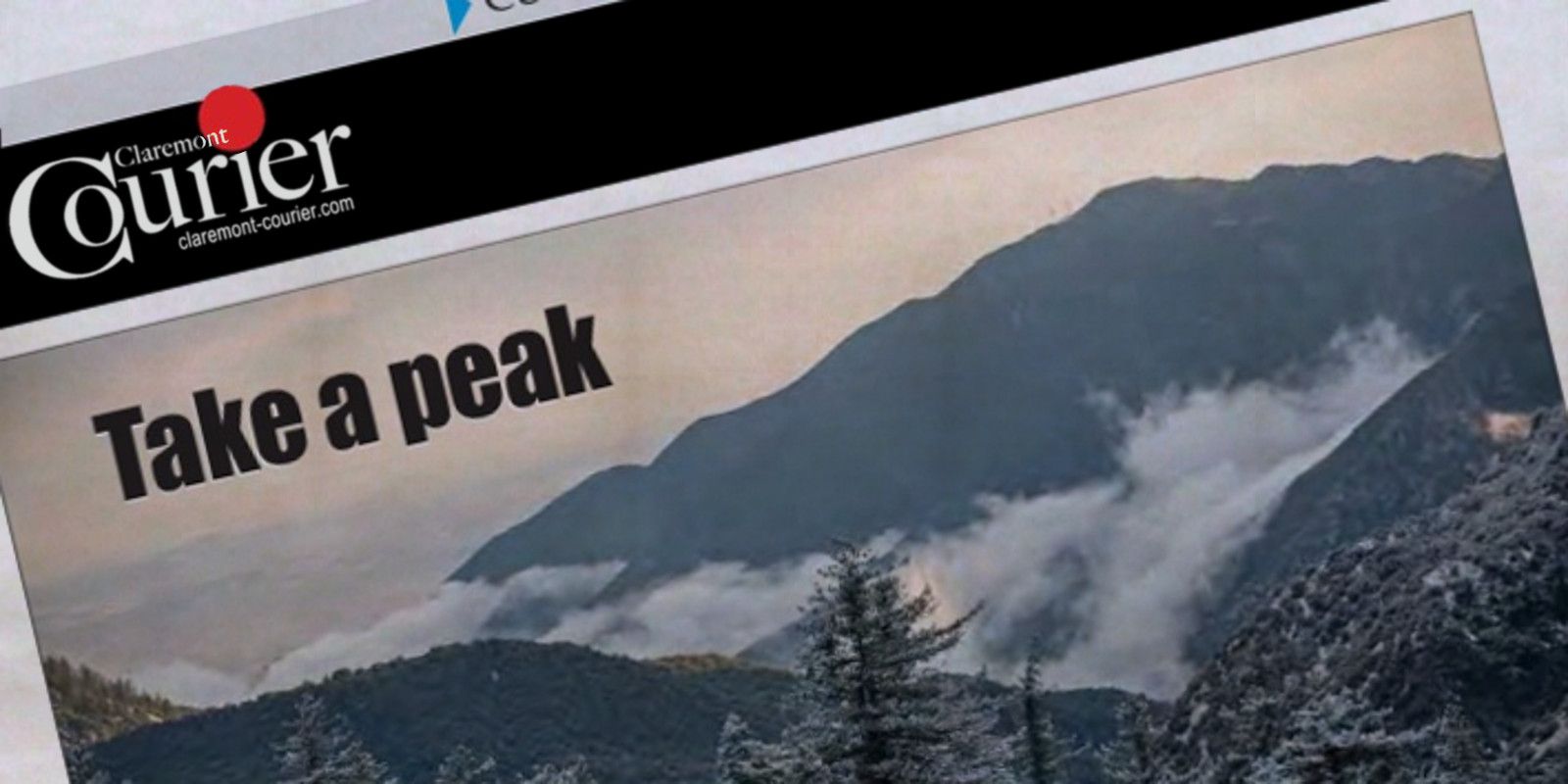Landscape designers, state and local governments, garden magazines, and water distributors have all had a lot to say about how to reduce residential and commercial landscape water use. Much of the discussion centers on what to do with lawns since they require a lot of water (and pesticides, herbicides, fertilizer, and fossil fuels in one way or another) in order to exist in our climate. Some people ignore the issue and continue to plant vast acreages of turf; others pull it all out and put gravel and a potted agave in the front garden.
There is growing pressure to replace lawns with faux turf. Is this a sustainable alternative?
Its advantages are:
- No mowing, which reduces effort, noise, and electricity use
- No pesticides, herbicides, or fertilizer, reducing possible environmental hazards
- No watering except to clean it
- Looks the same throughout the year
Its disadvantages are:
- Expensive to install and hard to dispose of (it does need replacing every 10-15 years)
- Requires water, electricity, and petroleum products for manufacture
- Does require some effort (washing, blowing, or brushing) to keep clean
- Doesn’t add to, and may reduce, property values
- Gets up to 60 degrees hotter than grass, creating a serious ‘heat island’ effect
- Damages the soil ecosystem underneath it
- Unfriendly to animals (cats, dogs, earthworms, robins seeking those worms, etc)
- Can sound odd when walked on, and doesn’t feel or smell like grass
- No photosynthesis so no help reducing carbon footprint
- No evaporation of water from leaves so no cooling effect
- Doesn’t filter pollutants from air or water, and may release some
- Removes people even further from interaction with the natural world
For putting greens and tennis courts artificial grass works well, but for aesthetics, user-friendliness, and sustainability, real grass is the choice. So, how to reduce the downsides of a living lawn?
- First, decide where you can do without a lawn. Replace some or all of it with beds of drought-tolerant plants interspersed with areas of gravel, decomposed granite, broken concrete, pavers, mulch, dry creek beds and the like. You can plant fruit trees or vegetables in the beds or on their own (food plants won’t reduce water use much but will have many other benefits). A wildflower meadow or an area of achillea which stays low most of the year and then becomes a two-foot tall mass of flowers may appeal. An undulating expanse of mondo grass, buffalo grass, hair grass, or blue fescue can set off flower beds.
- Second, think about where you really need, or want, a lawn. You might want some for kids to play on, or think lawn surrounded by planting beds ties in best with the style of your house, or you might just like the look of a green patch. Decide on the minimum size necessary for your purpose and choose a more drought-tolerant type of grass, or one that goes dormant in the summer. Only water your lawn when it needs it (a Smart Controller is useful). Stop fertilizing the lawn and mow it high, and it will need less mowing. Compost or mulch the clippings. Let go of the idea of a perfect green sward and allow the lawn to become a mowed meadow of various naturalized grasses and weeds. This will be green, add tiny flowers to your garden and reduce herbicide and pesticide use.
So, get creative! There are many attractive alternatives to lawn. Garden books and websites such as sunset.com have a myriad of suggestions for designing low water use landscapes, and Sustainable Claremont (sustainableclaremont.org) will soon have an idea book available for viewing. There are sometimes rebates available to help reduce the cost of transforming your garden–recently, Golden State Water gave $3/sq ft for a number of lawn-replacement projects (if any of these are not completed, that money may again be available: contact Chris Veirs, the City Sustainablitily Coordinator (This email address is being protected from spambots. You need JavaScript enabled to view it. for info).
Bottom line: there are many good options for reducing the effects landscaping has on our environment, but carpeting the outdoors with faux turf is not one.
Demystifying Sustainability is a project of Sustainable Claremont

